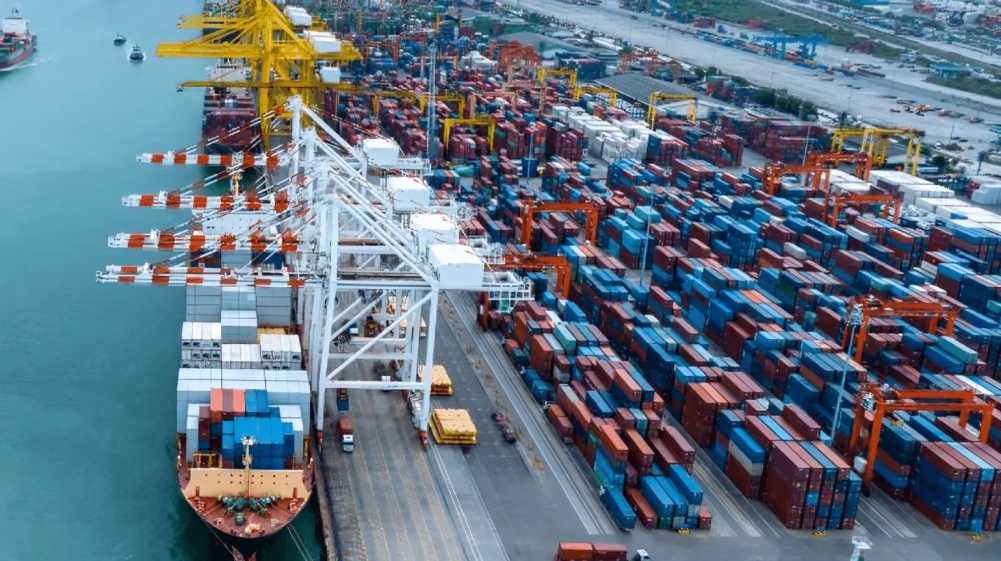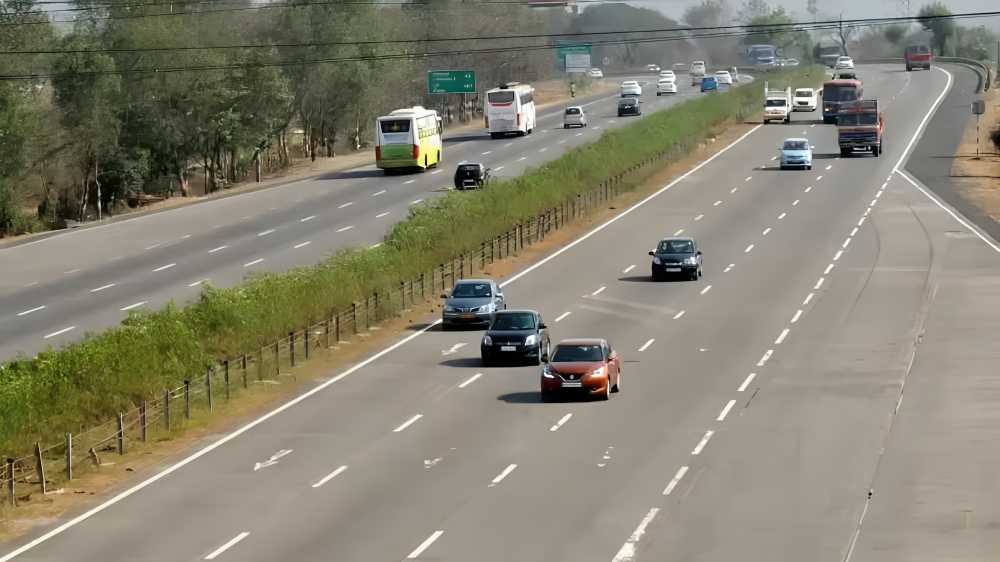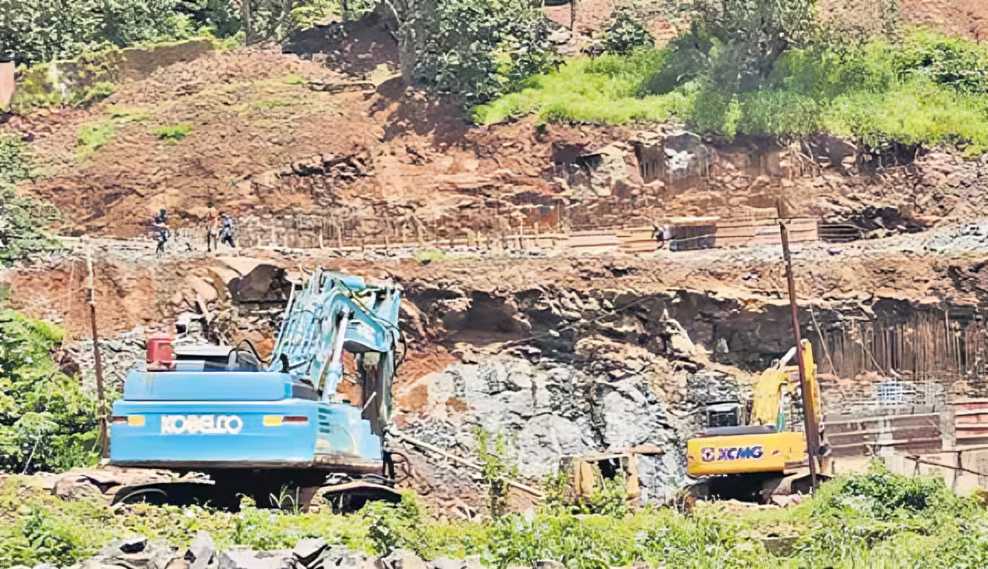November 17, 2025: A new study published in the journal Nature has revealed that heavy monsoon rains were responsible for more than 8% of all deaths recorded in Mumbai during each monsoon season between 2006 and 2015, with slum populations disproportionately affected. The research, titled ‘Mortality impacts of rainfall and sea-level rise in a developing megacity’, found that 2,308 to 2,718 deaths occurred annually during the monsoon months—a toll comparable to the city’s cancer-related deaths.
According to the study, 85% of these monsoon-linked fatalities occurred in slum areas, largely because these settlements are situated in low-lying, flood-prone zones. Women and children were especially vulnerable. “Poor areas experience very different housing, sanitation, and drainage systems compared to rich areas, and our most vulnerable are not able to access the resources and healthcare they need,” said co-author Archana Patankar, climate change economist and founder of Green Globe Consulting. The study noted that “a day with 150mm of rainfall causes a 2.9% increase in five-week mortality for slum residents, but only 1.2% increase for non-slum residents.”
The death toll accounted for fatalities due to drowning, electrocution, accidents caused by traffic disruptions, and flood-related diseases such as dengue, diarrhoea, malaria, and typhoid. Co-author Ashwin Rode highlighted the cascading health effects of poor urban systems, stating, “With poor drainage and sanitation systems, standing floods can also trigger many aftereffects that don’t always make the headlines—diseases like dengue, diarrhoea, malaria can flourish, and more.”
By analysing mortality data from Mumbai’s municipal death records and slum demographics from the 2001 census, the study found that children under five in slums accounted for up to 18 percent of monsoon-season deaths, while women made up 11 percent. The economic cost of heavy rainfall was estimated at USD 1.2 billion annually.
The researchers warned that without urgent intervention, intensified rainfall and rising sea levels could increase rainfall-related deaths by 20% over the next decade. “Fortunately, these are problems that can be solved by leaders with targeted infrastructure, disaster management, and healthcare changes,” said Patankar. The study projected that a 5 cm sea-level rise could raise rainfall-related mortality from 8.5% to 9.1%, while a 15 cm rise could push it to 10%.
Co-author Tom Bearpark stressed the importance of using data-driven insights for preparedness, saying, “If policymakers and other stakeholders use this data to target investments and prepare our megacities for the changes ahead, we have the potential to create a safer and healthier future.”
Source: The Print





